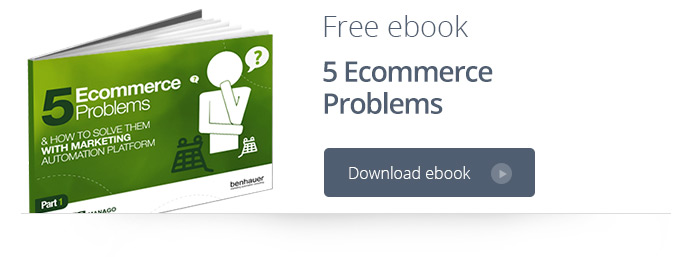Ecommerce industry has its own rules. What is its strength can be at the same time one of the major pitfalls for online stores owners, especially for rookies that are unaware of their existence.
Many Jeff-Bezos-wannabes, lured by the promise of cutting rental costs, throw themselves at the deep end and meet a solid wall. Regardless of how long they play the game of trade, during the transfer from offline to online, one has to name possible weaknesses and learn how to counteract. The most popular and most frequently mentioned problem is the abandoned shopping cart – a real nightmare of all those who are somehow engaged in ecommerce. In the stationary store you are able to spot the first signs of impatience and boredom of a client. Also, you can personally convince one to finalize the transaction.
On the other hand, while dealing with virtual representations of hundreds of people visiting your virtual store at the same time you may not be able to respond in the right moment and send them properly personalized message that will not only persuade them to stay on the website but also convince them to complete the transaction. Contrary to appearances, this problem has a pretty simple solution. Implementation of the marketing automation platform allows one to monitor the behavior of both identified and anonymous contacts on the website, as well as send an instant response when the shopping cart is abandoned – either as a dynamic personalized email, or a display ad campaign in the RTB network.
This situation is only one of ecommerce’s weak points. In our latest ebook “5 Ecommerce Problems and How to Solve Them With a Platform for Marketing Automation” (Part 1) we discuss both the nature of the problems (with their possible causes) and specific tools that can help you deal with them once and for all.
Download the ebook to find:
- 5 most common Ecommerce problems
- their causes
- sample tools to help you solve them
- efficiency of actions taken, based on case studies of our clients.

 Follow
Follow
















